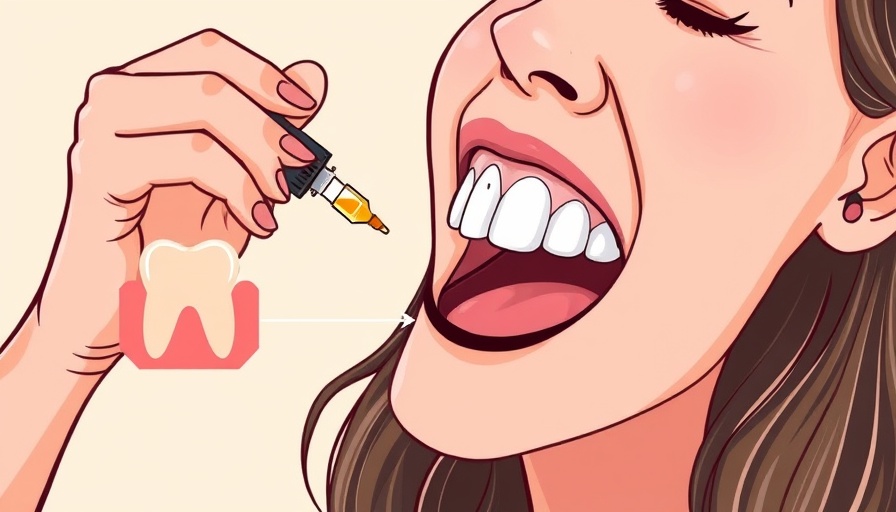
Understanding Fluoride: The Hidden Impacts in Bottled Water
Bottled water is often marketed as a refreshing and pure choice, but many consumers overlook a critical detail: fluoride content. As a naturally occurring mineral, fluoride is widely recognized for its dental benefits. However, the fluoride added to many bottled water brands is not the same kind found in nature. This often synthetic form, particularly fluorosilicic acid, raises concerns over potential health risks, especially with long-term consumption.
The Debate Over Fluoride Safety
Health authorities, including the American Dental Association, support fluoride for preventing tooth decay. Nevertheless, increasing research highlights concerns over its potential effects on brain development, thyroid function, and overall health. Notably, much of Western Europe has moved away from fluoridating water, yet over 72% of the U.S. population continues to consume it through various sources, including bottled water.
Potential Health Risks Linked to Fluoride Exposure
Scientific studies suggest several alarming connections between fluoride exposure and health issues. Long-term consumption is being linked to:
- Thyroid Dysfunction: Fluoride exposure may lead to hypothyroidism, which can cause a range of complications like fatigue and weight gain.
- Cognitive Effects: A study published in JAMA Pediatrics even drew a connection between prenatal fluoride exposure and lowered IQ scores in children.
- Dental Fluorosis: This condition manifests as white spots or discoloration on teeth due to excessive fluoride exposure during tooth development.
- Bone Health Issues: Limited studies suggest potential increases in fractures and even risks of bone cancer in specific demographics.
Identifying Bottled Water Brands to Avoid
While some consumers are keen on leading a clean, holistic lifestyle, many bottled water brands still contain added fluoride. Here are the brands that consumers often overlook that have been found to contain fluoride:
- Crystal Rock
- Crystal Springs
- Hinckley Springs
- Kentwood Springs
- Mount Olympus
- Nature’s Crystal
- Ozarka Fluoridated
- Puritan Springs
- Sierra Springs
- Wisconsin Glacier Springs
- Arrowhead Drinking Water with Fluoride
- Deer Park
Exploring Safer Alternatives
For those looking to avoid fluoride, it's essential to research brands that prioritize purity. Look for labels that clearly state "fluoride-free" or opt for natural spring waters that don’t source fluoridated water from municipal supplies. Additionally, filtration systems that remove fluoride can also serve as a viable option for maintaining clean and safe drinking water at home.
Actionable Steps for Healthier Choices
Consumers concerned about fluoride exposure should take proactive steps in selecting bottled water options. First, always read labels before purchasing. Secondly, make it a habit to inquire directly with brands about their water sources, as transparency is crucial for informed decision-making.
The Importance of Staying Informed
Understanding what goes into our water is not merely a trend—it’s a necessary step for maintaining health, especially for vulnerable populations like children and pregnant women. With rising awareness surrounding additives in our food and drink, consumers should prioritize their health by making informed choices around the beverages they consume.
In a world flooded with options, your choice of bottled water can significantly impact health outcomes. Consumer vigilance is essential in navigating through the often murky waters of product labels.
 Add Row
Add Row  Add
Add 




Write A Comment